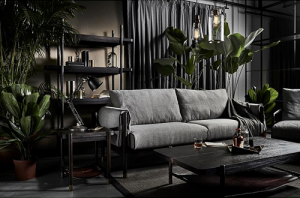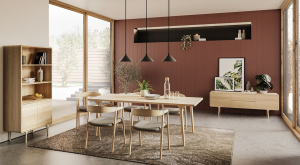Featured Post
Layering Textiles Like a Pro: Transform Your Home with Expert Techniques
Overview
Layering textiles is a powerful way to add warmth, depth, and personality to your home. Whether you're aiming for a cozy winter retreat or a fresh seasonal update, mastering this skill can transform any space. In this guide, you'll learn how to layer textiles like a pro, with tips on choosing the right fabrics, techniques for mixing patterns, and ideas for every room. Plus, discover how to integrate furniture like the perfect bar stool to complete your look.
Introduction
Imagine walking into a room that feels instantly inviting, where every fabric and texture works together to create a sense of comfort and style. That's the magic of layering textiles like a pro. It's not just about piling on blankets and pillows—it's about creating a cohesive, visually appealing space that reflects your personality. Whether you're looking to create a cozy winter retreat in your home or simply refresh your space with seasonal decor ideas, layering textiles is a skill that can elevate any room. In this article, we'll explore everything from choosing the right fabrics to incorporating furniture like bar stools, so you can transform your home with confidence.
Understanding Textiles
Before you start layering, it's essential to understand the different types of textiles and how they can work together. Textiles come in various materials, each with unique properties that affect how they look and feel in a space. Here are some common textiles used in layering:
- Cotton: Lightweight and breathable, perfect for summer or as a base layer.
- Wool: Warm and cozy, ideal for winter layering.
- Silk: Luxurious and smooth, adds a touch of elegance.
- Velvet: Rich and plush, great for adding depth and texture.
When choosing textiles for layering, consider their texture, weight, and color. Mixing different textures—like pairing a chunky knit throw with a smooth silk pillow—creates visual interest. Weight is also important; heavier fabrics like wool work well as base layers, while lighter ones like cotton can be used for accents. Color plays Quincy a crucial role too; stick to a cohesive color palette to ensure your layers look intentional rather than chaotic.
| Textile | Properties | Best For |
|---|---|---|
| Cotton | Lightweight, breathable | Summer, base layers |
| Wool | Warm, cozy | Winter, throws |
| Silk | Luxurious, smooth | Accents, pillows |
| Velvet | Rich, plush | Depth, texture |
Understanding these basics will help you make informed choices as you begin layering.
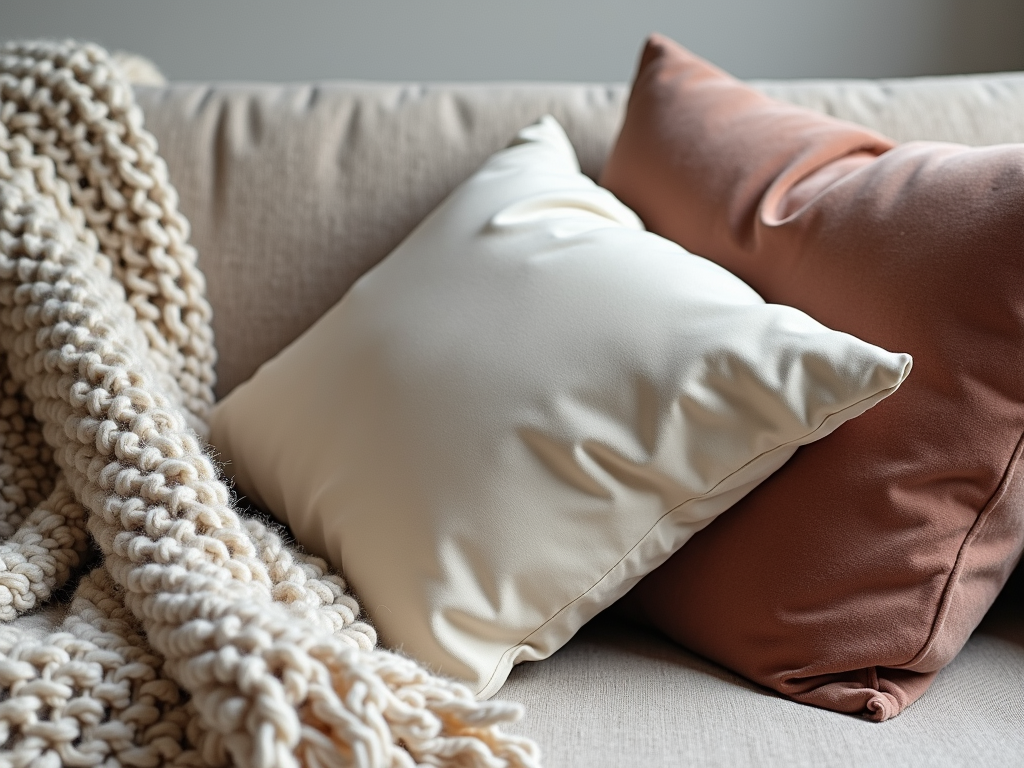
Techniques for Layering Textiles
Layering textiles is an art, but with a few key techniques, you can achieve a professional look. Here are some tips to get you started:
-
Mix Patterns Thoughtfully: Don't be afraid to mix patterns, but do so with intention. A good rule of thumb is to combine one large-scale pattern with smaller, subtler ones. For example, pair a bold floral duvet with striped pillows and a solid throw.
-
Play with Texture: Texture is just as important as color and pattern. Combine smooth, rough, soft, and plush textiles to create depth. A velvet sofa, for instance, pairs beautifully with a linen throw and faux fur pillows.
-
Balance Scale and Proportion: When layering, consider the size of your textiles. Larger items like rugs and duvets should be the foundation, with smaller accents like pillows and throws adding detail.
-
Stick to a Color Palette: To avoid a cluttered look, choose a color palette and stick to it. Neutrals with pops of color work well, or you can go monochromatic for a sophisticated vibe.
-
Layer in Odd Numbers: Odd numbers are more visually appealing. When arranging pillows or throws, group them in threes or fives for a balanced look.
These techniques are simple but effective. I remember when I first tried layering textiles in my living room—I started with a neutral base and gradually added patterns and textures. It took a few tries, but once I found the right balance, the room felt instantly more inviting.
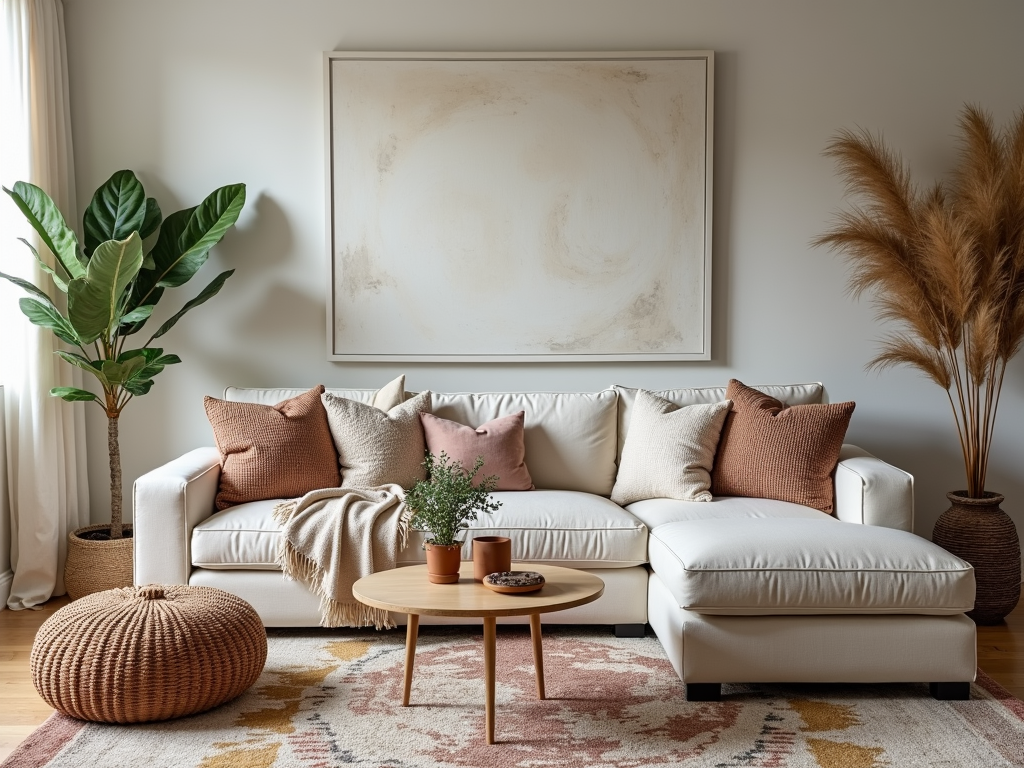
Layering Textiles in Different Rooms
Layering textiles isn't limited to the living room—it can enhance any space in your home. Here's how to apply these techniques in various rooms:
-
Living Room: Start with a large area rug as your base. Layer a sofa with a mix of pillows and a throw. Don't forget to add texture with curtains or a woven ottoman.
-
Bedroom: The bed is the focal point. Layer a duvet with a quilt or blanket, and add pillows in different sizes and textures. A bench at the foot of the bed with a cozy throw completes the look.
-
Dining Room: Layering isn't just for soft furnishings. Add a table runner over a tablecloth for a layered look, and use textured placemats or napkins to add depth.
-
Kitchen: Even the kitchen can benefit from textile layering. Use a rug in front of the sink, and layer dish towels or aprons for a homey feel.
In each room, the goal is to create a space that feels warm and inviting. For example, in my bedroom, I layered a lightweight cotton duvet with a heavier wool blanket for winter. It not only looked great but also made the room feel like a cozy retreat. Speaking of which, creating a cozy winter retreat in your home is all about layering textiles to add warmth and comfort.

Incorporating Furniture and Accessories
Textiles don't exist in a vacuum—they need to work with your furniture and accessories. Here's how to ensure everything ties together:
-
Choose Complementary Furniture: Your furniture should complement your textiles. For example, a velvet sofa pairs well with silk or linen pillows, while a leather couch might look best with cotton or wool accents.
-
Accessorize Thoughtfully: Accessories like lamps, vases, or artwork should tie into your textile color palette. If your textiles are bold, keep accessories neutral, and vice versa.
-
Select the Perfect Bar Stool: Bar stools are a great way to add both function and style to your kitchen or dining area. When choosing bar stools, consider the height, material, and color. For a cohesive look, match the stool's fabric or finish to your layered textiles. For instance, if your dining room features a lot of natural fibers, opt for wooden or rattan bar stools.
Integrating furniture and accessories with your textiles is key to creating a harmonious space. I once helped a friend choose bar stools for her kitchen island. We selected stools with upholstered seats that matched the throw pillows in her living room, tying the two spaces together beautifully.
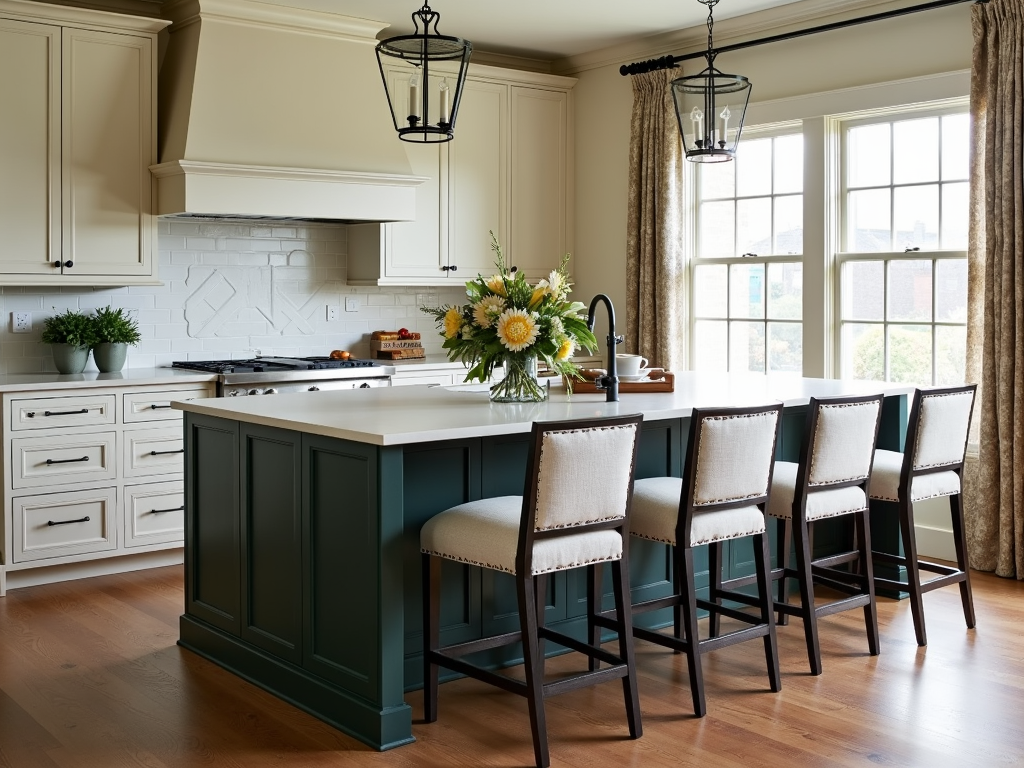
Seasonal Decor Ideas
One of the best things about layering textiles is how easily you can adapt it for different seasons. Here are some simple decor ideas to refresh your home throughout the year:
-
Winter: Layer heavy fabrics like wool, faux fur, and velvet to create a cozy retreat. Add plaid or tartan patterns for a classic winter look.
-
Spring: Swap out heavy textiles for lighter ones like cotton or linen. Incorporate floral patterns and pastel colors to brighten up your space.
-
Summer: Keep it light and airy with sheer curtains, lightweight throws, and bright, beachy colors.
-
Fall: Embrace warm, earthy tones like burnt orange, deep reds, and browns. Layer with chunky knits and woven textures.
These seasonal updates don't have to be expensive or time-consuming. For example, in the fall, I like to add a few plaid pillows and a wool throw to my living room. It's a small change, but it instantly makes the space feel ready for the season.
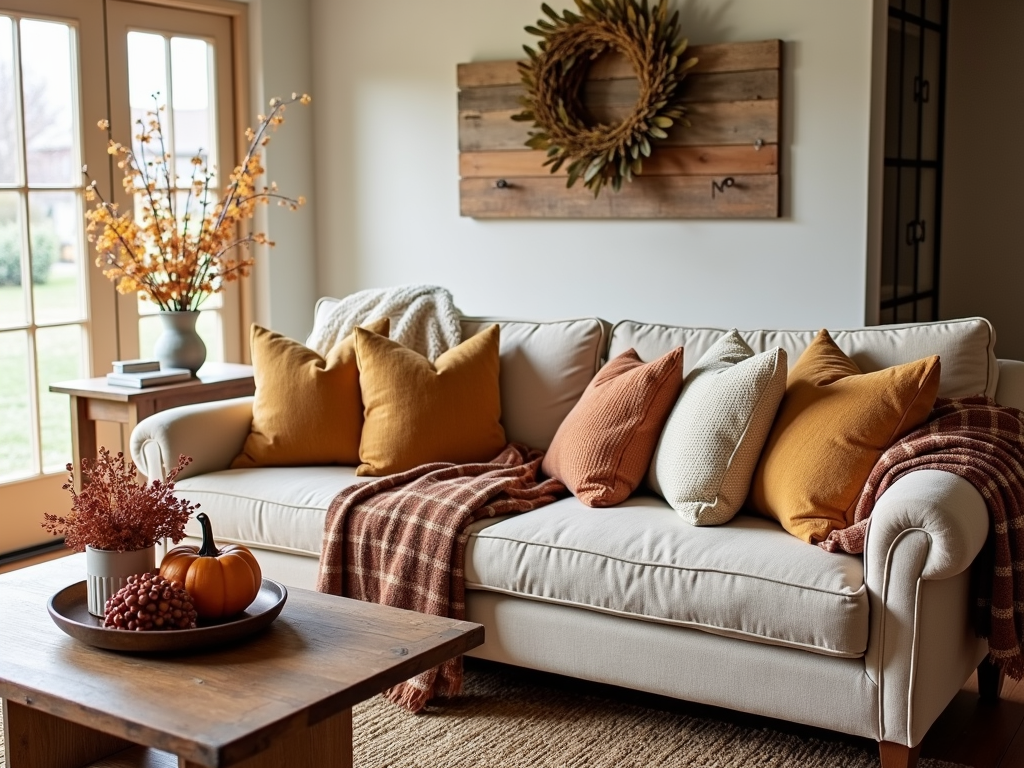
Conclusion
Layering textiles like a pro is all about balance, intention, and a bit of creativity. By understanding different textiles, mastering key techniques, and applying them thoughtfully in each room, you can transform your home into a stylish, inviting space. Don't be afraid to experiment with patterns, textures, and colors—after all, the beauty of textiles is their versatility. Whether you're creating a cozy winter retreat or refreshing your home with seasonal decor ideas, these tips will help you achieve a look that's both professional and personal.


